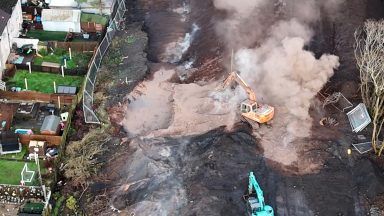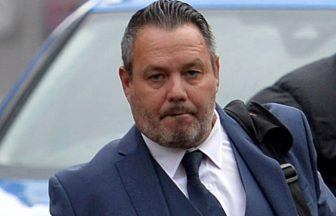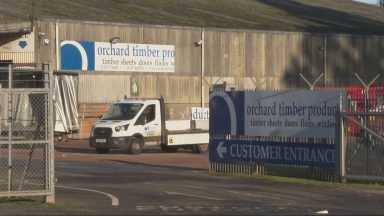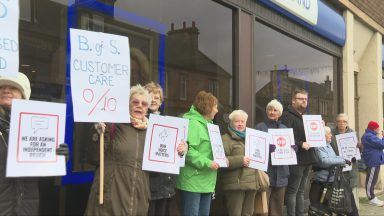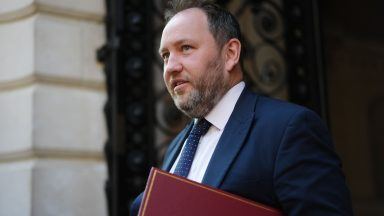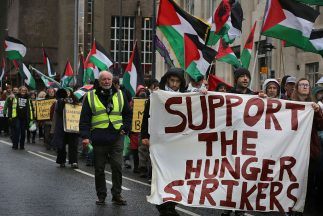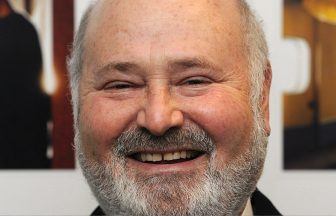Around 1.6 million people were still furloughed at the end of July, as the scheme started to wrap up, data shows.
HM Revenue and Customs said that around 340,000 people moved off furlough during the month, meaning fewer people are furloughed than at any point since the pandemic started.
July was the first month that employers had to pay 10% of the salaries of their furloughed workers, giving them an incentive to bring staff back, or end their employment.
“It’s fantastic to see furlough levels at their lowest since the start of the pandemic, with young people in particular getting back to work and kickstarting their careers as the UK gets back to business,” said Chancellor Rishi Sunak.
“With furlough naturally unwinding and coming to a close at the end of the month, we are doubling down on our Plan for Jobs – focusing our support on giving people the skills and opportunities they need to succeed in the jobs of tomorrow.”
Around 121,600 people between the ages of 18 and 34 were taken off the furlough scheme in June and July, the data showed.
The over-65s are now the most likely to be on furlough, with 8% of those eligible in the age group still on the scheme.
Furlough launched in the early days of the pandemic as a way of ensuring that people could keep their jobs, and a portion of their income, even when the economy closed down.
For those who were unable to work from home, the scheme would pay them up to 80% of their salaries.
However from the beginning of July employers had to contribute 10% of their furloughed employees’ salaries. This went up again to 20% for August and September.
At the end of this month the scheme will come to a complete end.
Since launching 18 months ago, close to 12 million jobs have been furloughed. The Government has paid a total of £68.5bn to furloughed employees.
The data show that furlough levels remained the higher in London on July 31 than in other parts of the country, especially for men.
Eight London areas were among those with the highest furlough rates, at 9% to 10%. The only non-London places in the top 10 areas with the highest furlough rates were Crawley in West Sussex and Slough in Berkshire, where many locals work for Heathrow and Gatwick Airports.
Charlie McCurdy, an economist at the Resolution Foundation think-tank, said: “The number of people coming off furlough over the summer has slowed to a trickle, as some firms and sectors – notably overseas tourism – struggle to return to pre-pandemic levels of activity.
“As a result, up to a million employees could still be on furlough when the scheme closes at the end of this month.
“While we expect most of these staff to return to their previous roles, a significant number will not, and we could see a fresh rise in unemployment this autumn.
“Given these circumstances, now is not the right time to cut Universal Credit by £20 a week. The government must change course.”
Gary Smith, general secretary of the GMB union, said: “GMB has safeguarded jobs through agreements – but the reality is we face an economic cliff edge which risks killing the recovery before it even starts.”
“With 1.6 million workers still on the furlough, ministers, unions and employers must come together and agree a successor package to avoid the devastation of mass redundancies.
“There needs to be a package of support for harder-hit industries such as aviation, which continues to be directly affected by travel restrictions set by the Government.
“These are viable jobs, and the cost of supporting them in the short term is much less than the long-term costs of unemployment.
“We can’t go back to business as usual. Boris Johnson and Rishi Sunak must act now or be remembered for casting thousands on to the scrapheap.”
Follow STV News on WhatsApp
Scan the QR code on your mobile device for all the latest news from around the country




